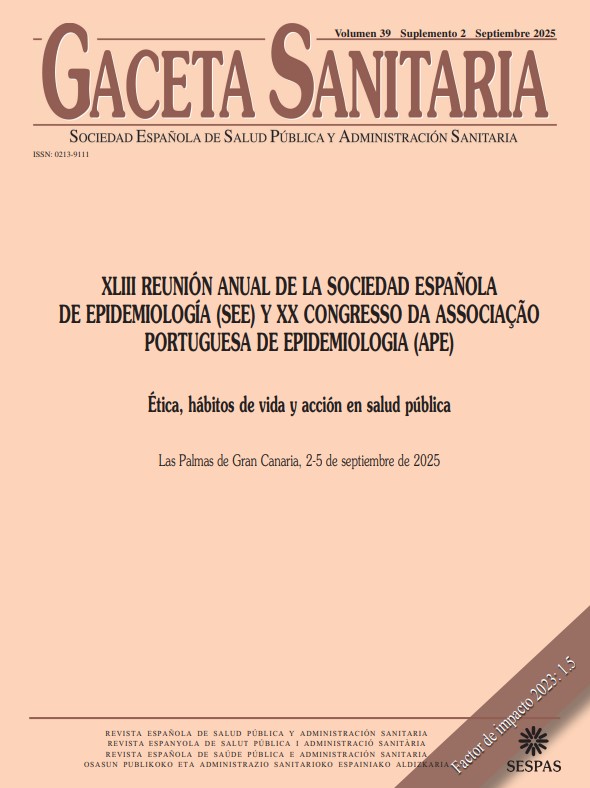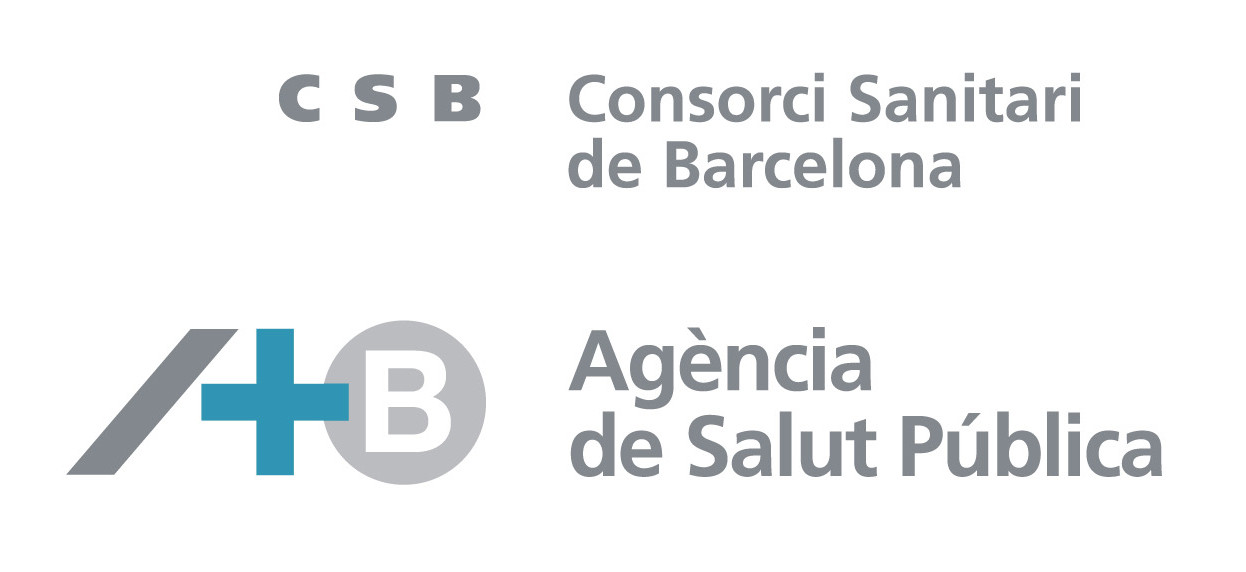167 - LONG-TERM PROGNOSIS OF WOMEN DIAGNOSED OF BREAST CANCER FROM A MEDITERRANEAN POPULATION IN SPAIN
Servicio de Epidemiología. DGSPyA; Unidad Docente MPySP MIR Servicio Murciano de Salud; CIBERESP; IMIB.
Background/Objectives: Breast cancer represent more than 30% of total cancer diagnoses in women in developed countries. Prognosis at 5-year has improved but, what happened afterwards? The objective is to know prognosis of breast cancer at 10-year from diagnosis by period and stage in the Region of Murcia.
Methods: From Murcia population based cancer registry has been selected breast cancer incident cases in women between 1990 and 2000 (ICD10-C50). Variables: age at diagnoses, year of incidence, stage at diagnoses, vital status and date of vital status. Stage based on TNM was groped as: Localized T1, T2, T3, N0, M0: L00; locally advanced: T4, N0, M0: A00; Regional lymph node involvement (any T/N+/M0): N+; Advanced: M+; Unknown: TX/NX/MX. The follow-up was 12/31/2022 with an average of 9.7 years. Observed survival (OS) has been estimated using the non-parametric Kaplan–Meier method. Exclusion of DCO cases. SO was calculated at 1, 3, 5, and 10 years for cases diagnosed in the periods 1990-1999, 2000-2009, and 2010-2020, and by cancer stage at diagnosis. The survival rate was directly standardized by age, considering the weights according to the ICSS (International Cancer Survival Standards). The 95% confidence interval (95%CI) was obtained.
Results: Between 1990 and 2020, 18,653 cases of breast cancer were diagnosed (190 DCO excluded) including 18,463 in. Loss to follow-up accounted for 0.2%. L00 in 2010-2020 was 47%, in 2000-2009 42.6% and 1990-1999 25.6%. Total A00 was 0.7% and could not be obtained by the low number of cases. Total M+ accounted for 4.9%. Unknown stage was 6.5% in 2010-2020 and 42.2% in 1990-1990. OS age-standardized at 10y was 47% (CI95% 45-49), 60% (CI95% 59-62), and 65 (CI95% 64-67), in 1990-1999, 2000-2009 and 2010-2020 respectively. For localized breast cancer (L00) has improved from 1990-1999 to 2010–2020, with the OS improving from 66.2% in the first period, 1990-1999, to 75.8% in the second period. For N+ stage, the OS has increased from 43% in the 1990-1999 period to 65% in the 2010–2020 period. In M+ the 10-year OS from diagnosis has improved from 6% in the period 1990-1999 to 11% in the period 2010-2020.
Conclusions/Recommendations: Over the last 30 years, a notable improvement in survival has been observed at 10 years, with an overall difference of almost 20 points in absolute percentage. The prognosis for localized breast cancer has improved by almost 10 percentage points, being alive at 10 years more than 75% of women in the most recent period. In metastatic cancer, despite showing improvement in the most recent period, the 10-year survival rate continues to be low. It is necessary to have long-term survival as a useful tool to know the cancer control.















